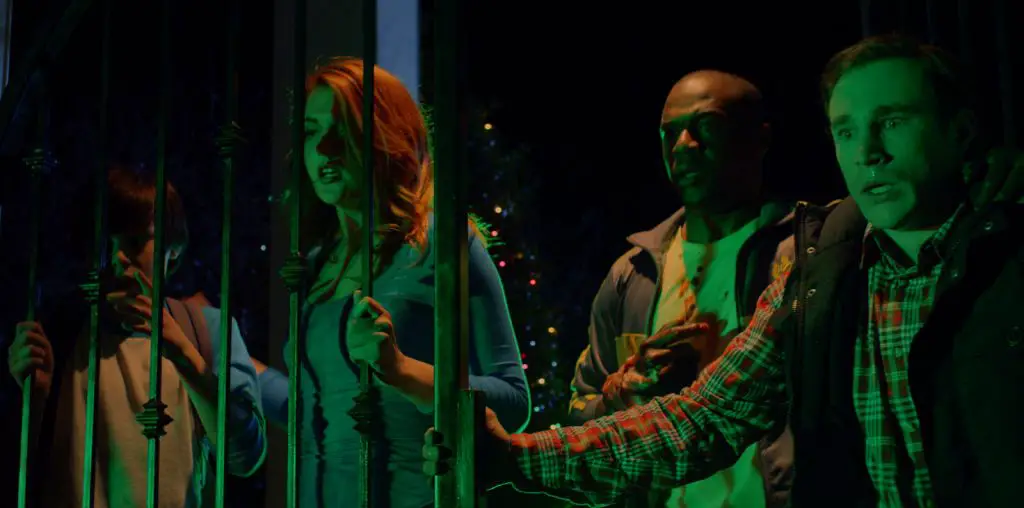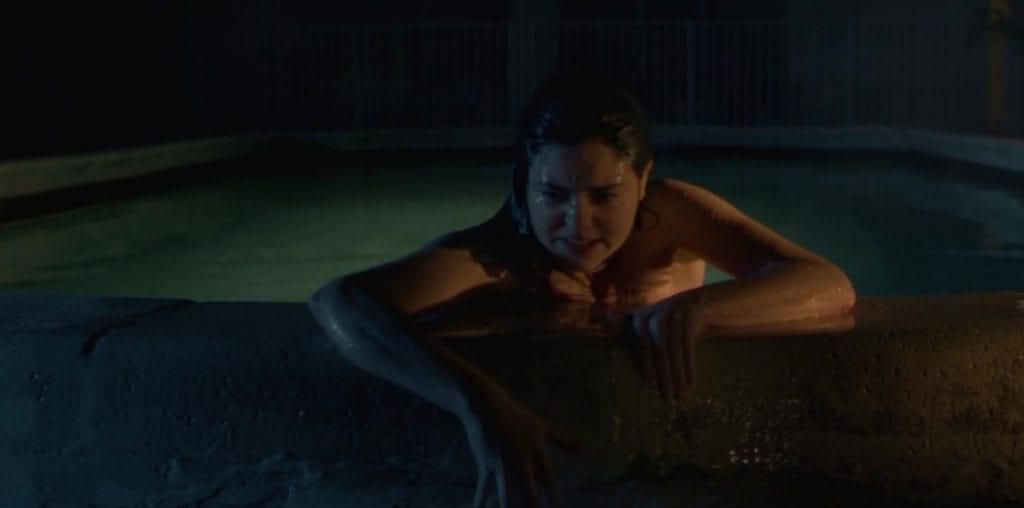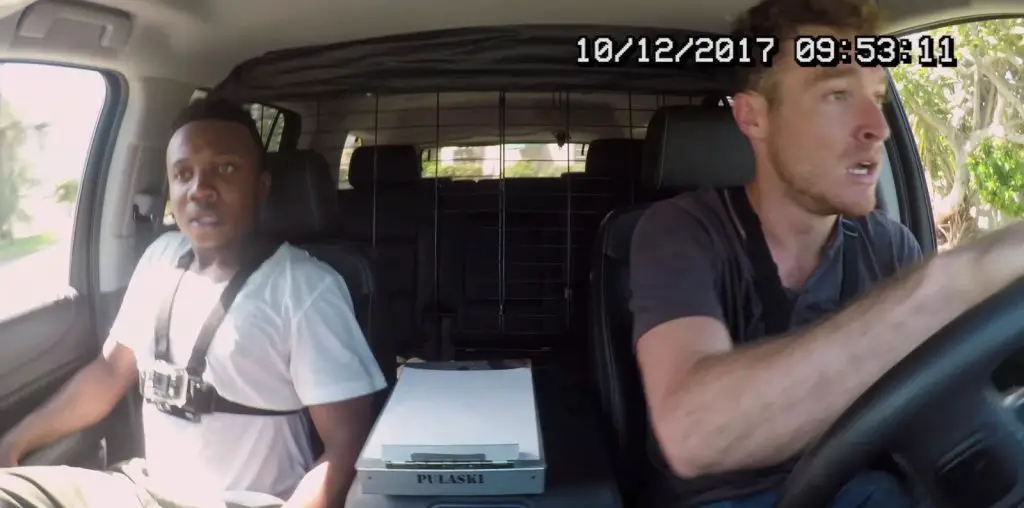
The Lost Footage Of Leah Sullivan begins with a text prologue explaining that a person found a camera with a number of videos stored on it. This camera belongs to Leah Sullivan, and the person who found it fears she might be dead.
This prologue does efficiently set up the basic premise, but it also begs a few questions. For starters, who found this camera, where, and how? Once you see the entirety of this found footage film, it seems almost impossible for someone to stumble upon the camera and live. Another question is, why did whoever find these videos of Leah not go to the authorities at all? Answers never come.
But the main plot begins 30-years after the brutal Mulcahy Murders. As her thesis project, journalism student Leah Sullivan (co-writer/ co-director Anna Stromberg) decides to return to her hometown and make a documentary about the infamous slayings. Leah interviews her aunt Margaret (Maureen Keiller), who knew the kids killed, and a few other locals with ghastly tales that tie-in to the murders. Piecing all that information together with newly unearthed facts thanks to her police officer friend Patrick (co-director Burt Grinstead), Leah discovers that there is more to the Mulcahy Murders then she, or anyone else, could have ever imagined.
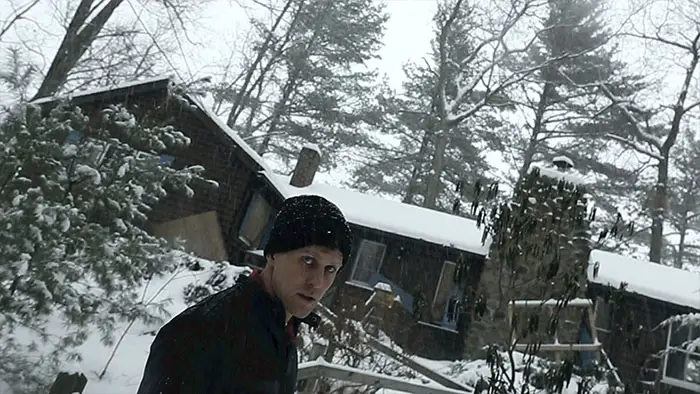
“This camera belongs to Leah Sullivan, and the person who found it fears she might be dead.”
Without getting into spoilers, that is largely the entire plot of The Lost Footage Of Leah Sullivan. The rather sparseness of Stromberg and Rob Runyeon’s screenplay proves to be a problem. No photos, video, or the like of the Mulcahy Murders is ever presented. There are no survivors to interview, or at least try to track down. All the information is told to the audience; absolutely nothing is shown. Not only that, but it is all told second, third, and fourth-hand (etc.).
One of the primary sources of the creepy local legends surrounding the decades-old case is Ryan, as played by Matthew Pilieci. Ryan spins several tall tales and even offers Leah a few that are not related to the case at all. Sadly, because the movie only ever talks to its audience, every morsel of information, be they cold hard facts or just yarns that have grown more unbelievable over time, all occupy the same place in the viewer’s mind- a desperate longing for something to happen.
Oddly, part of the problem is that the film is found footage. I am not referencing the plot hole, as mentioned earlier, either. No, this has to do more with story structure than an awkward prologue. With three directors, Burt Grinstead, writer-actor Anna Stromberg, and Paul Odgren, perhaps this was a case of too many cooks in the kitchen. But no matter the cause, the film is unable to maintain a steady pace or tone. Leah’s conversation with Ryan is jovial and fun, which belittles the utter seriousness of what the movie within the movie is about.
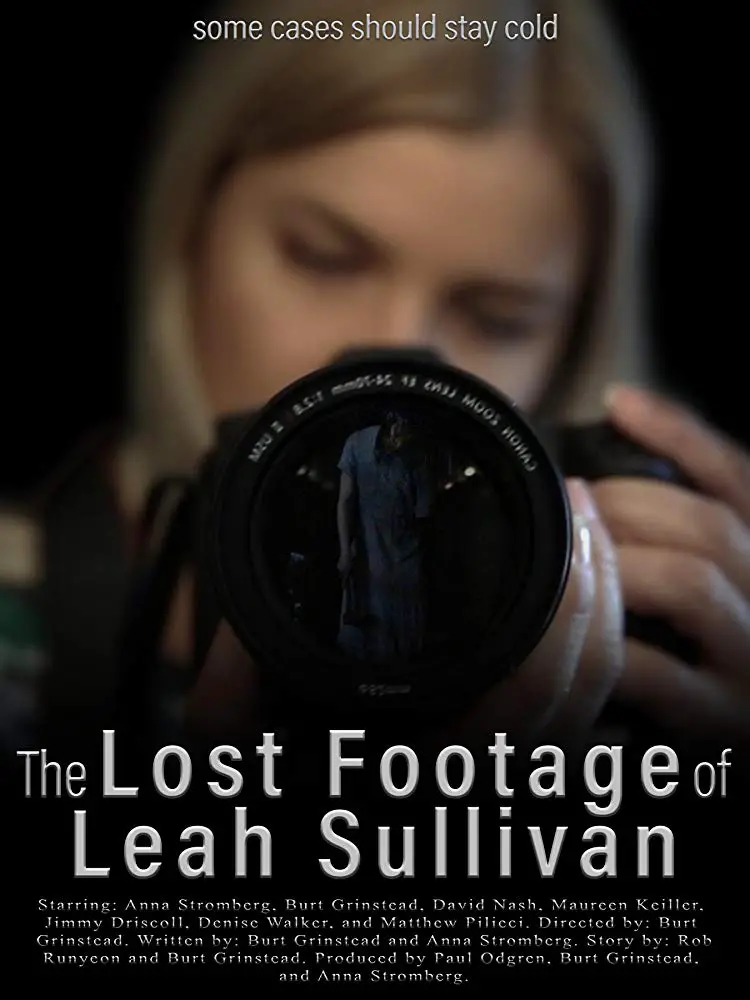
"…a desperate longing for something to happen."
